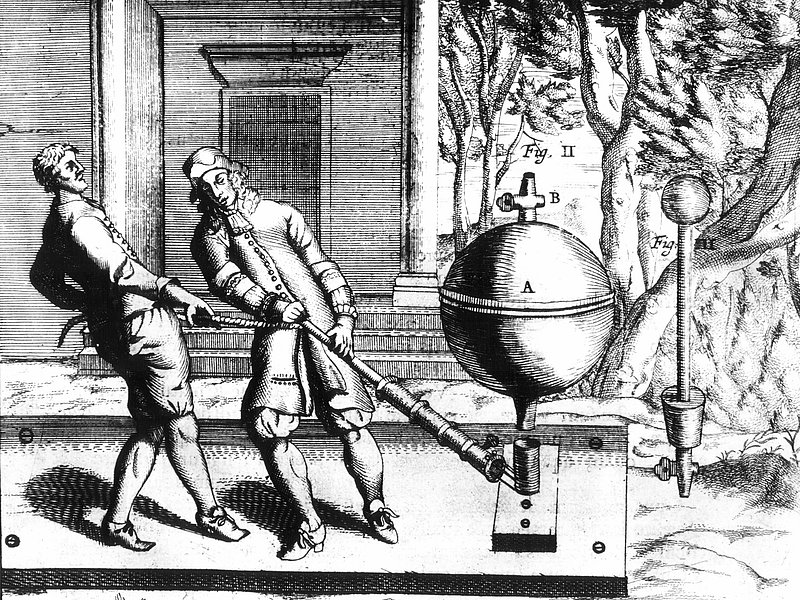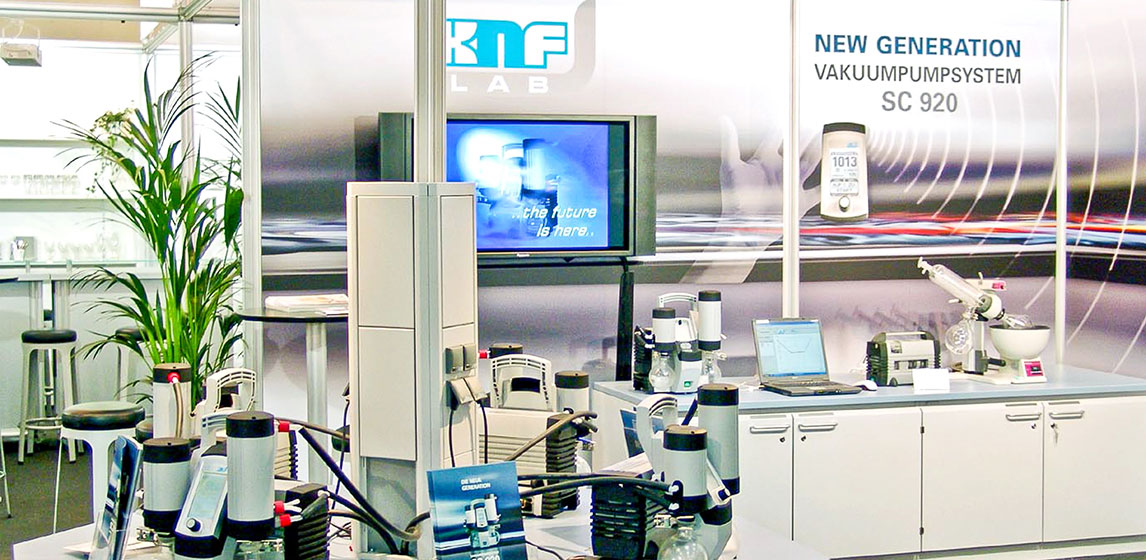Nothing is so unimaginable as nothingness. Even ancient Greek philosophers let their thoughts wander to the space between matter. Leucippus and his pupil Democritus (both lived around the turn from the 5th to the 4th century BC) believe that the world is made up of atoms that move around in empty space. They are unable to prove their theory and it is rejected by Aristotle less than 100 years later. Aristotle is convinced that nature abhorrs absolute emptiness and that the universe is filled with an eternal substance called aether. His postulate later becomes known by the Latin term “horror vacui” – the fear of empty space – and it remains prevalent until the 17th century. In the Middle Ages and the Renaissance period, Aristotle is regarded as a sacrosanct authority.
The “horror vacui” only begins to be refuted when visible evidence disproves it. In 1643, Evangelista Torricelli, a pupil of Galileo Galilei, produces the first artificial vacuum, which he uses in his invention of the mercury barometer. He fills a glass tube (with one end sealed off) with mercury and then immerses it in a basin of the liquid metal. An empty space forms at the upper end of the tube, the size of which varies depending on the air pressure, which leads Torricelli to assume that it has to be a void. Blaise Pascal attempts to prove this hypothesis with his “void within a void” experiment, which involves him placing a barometer on a mountaintop, at the bottom of a valley and on a cathedral. But the most spectacular vacuum experiment is performed by Otto von Guericke, the inventor of the air pump. In 1654, he evacuates the air from inside a pair of joined metal hemispheres and attached a group of horses to each end. The external air pressure that acts on the hemispheres is so strong that even 30 animals can not pull them apart.

The philosophical and physical puzzle about what constitutes “nothingness” remains unanswered today. Even outer space is not empty and is actually filled with a thin hydrogen gas. The search for absolute nothingness continues. Vacuums have been used in technical applications since the start of the 20th century. By definition, a vacuum is created in a container when the pressure inside the container is lower than the pressure outside, or is less than 300 mbar – the lowest atmospheric pressure on the Earth’s surface. The use of vacuums in technology paved the way for inventions like the light bulb.
One method of producing a vacuum is to use a compression pump to remove molecules from a container and thus reduce the pressure inside. It isn’t long before the chemical, medical technology, pharmaceutical and food industries begin working more with vacuums. More stringent demands are placed on the technology whenever the pumps have to come into contact with sensitive samples or aggressive gases. In the early 1960s, an engineer in Freiburg comes up with the idea of using diaphragm pumps that were completely impermeable and oil free. But that’s another story...




